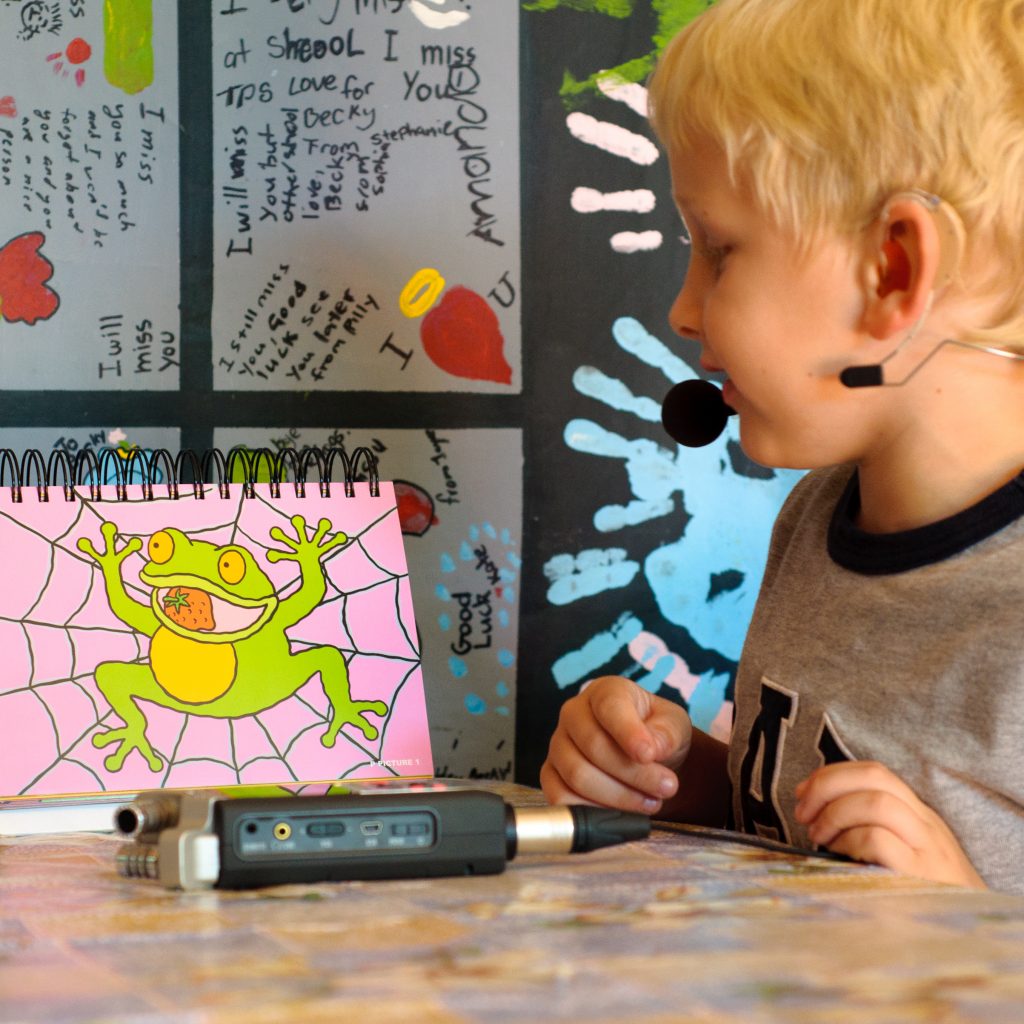Seeds of language development (IDEAL)
Problem statement
The implementation of Universal Newborn Hearing Screening and early intervention program has made it possible for early identification and amplification of children with hearing loss soon after birth. Although there are standard procedures for checking if hearing aids can make sounds audible to infants with hearing loss, there are currently no clinical tools to assess how effective hearing aids are for supporting discrimination between sounds. Further, no one knows whether this early discrimination ability may relate to later language development of children with hearing loss.
Project Aims
The IDEAL study aimed to
- Develop new clinical tools for assessing whether an infant with hearing loss can hear the differences between sounds after they are fitted with hearing aids; and
- Determine the relationship between early auditory discrimination and language skills at 3 years of age for children with hearing loss.
Methods
A total of 45 normal hearing (NH) and 75 hearing impaired (HI) infants fitted with bilateral hearing aids were recruited in this longitudinal study. Following enrolment, a research team administered direct assessments of discrimination using a combination of measuring Acoustic Change Complex (ACC; cortical response to sound detection) and behavioural asesements. These were conducted when the child was at 3-6 months, 7-12months, and assessments of discrimination and language ability at chronological age of 3 years.
Results
The findings show that ACCs can be reliably recorded to assess auditory discrimination ability in awake infants with normal hearing or hearing loss after fitting. The sensitivity is higher at age 3-6 months (>4 weeks after fitting) than the ACC results recorded at 7-12months. On average, higher rates of ACC responses are also associated with better functional performance as rated by parents. Therefore, it is feasible to use cortical responses to identify infants who may need cochlear implants. The behavioural results show higher discrimination rates at 3 years old than at younger age (7-12 months). The ACC is preferable to the behavioural assessment in the first year of life. Further analyses will determine whether early auditory discrimination predicts later language development in children with hearing loss.
Significance
The information may contribute to tailoring rehabilitation programs to meet individual needs of children with hearing loss. The findings will lead to novel clinical tools for assessing auditory discrimination in infants, early referral for cochlear implantation if necessary.



